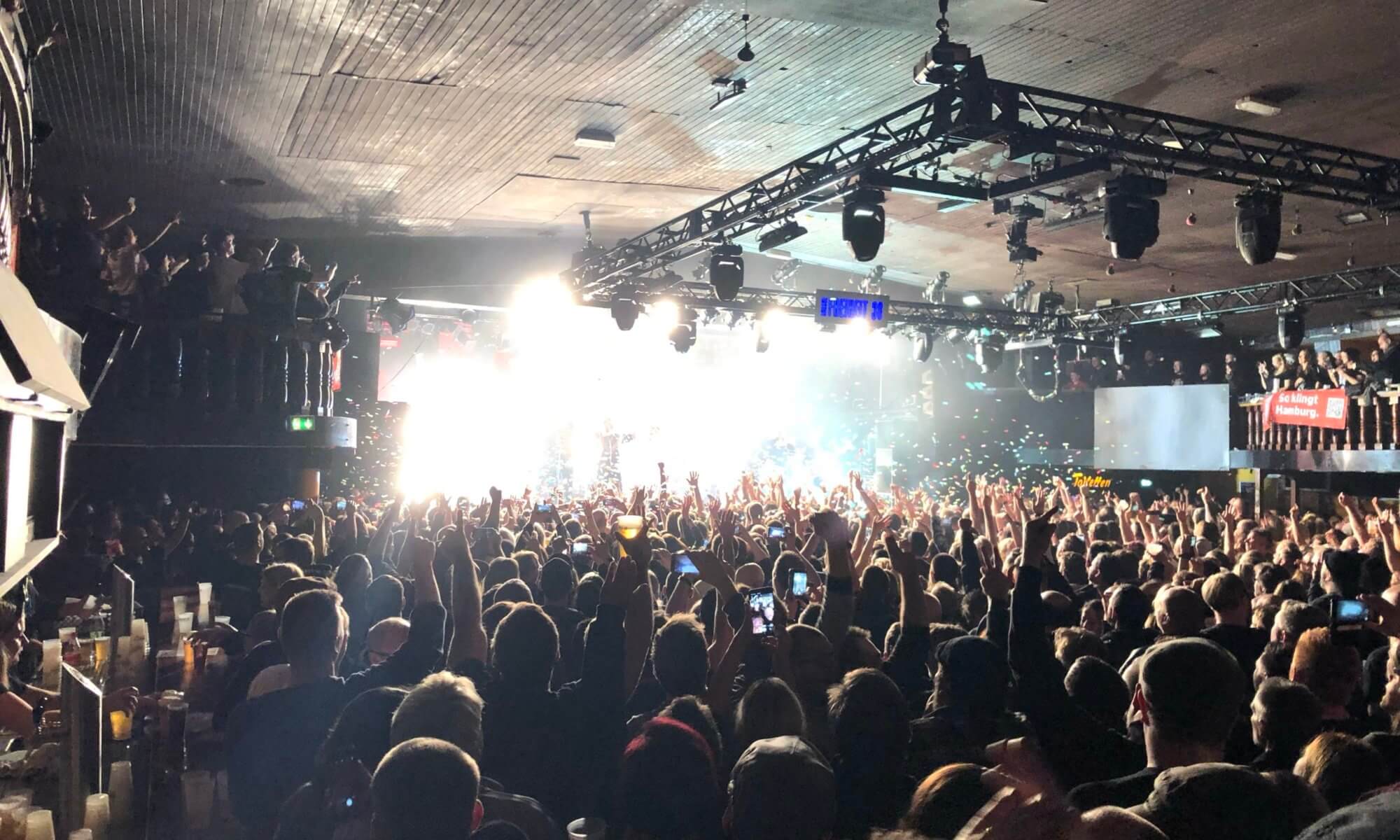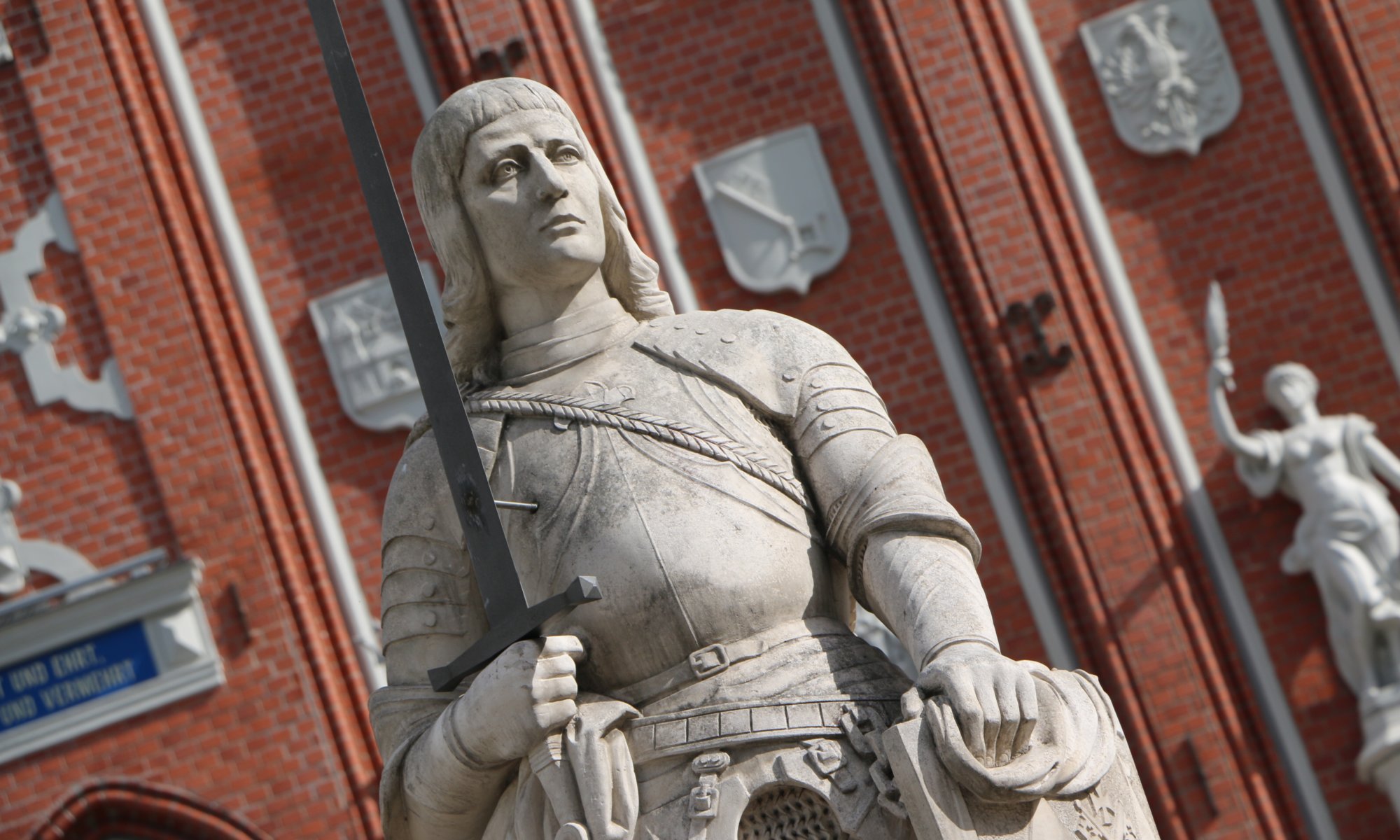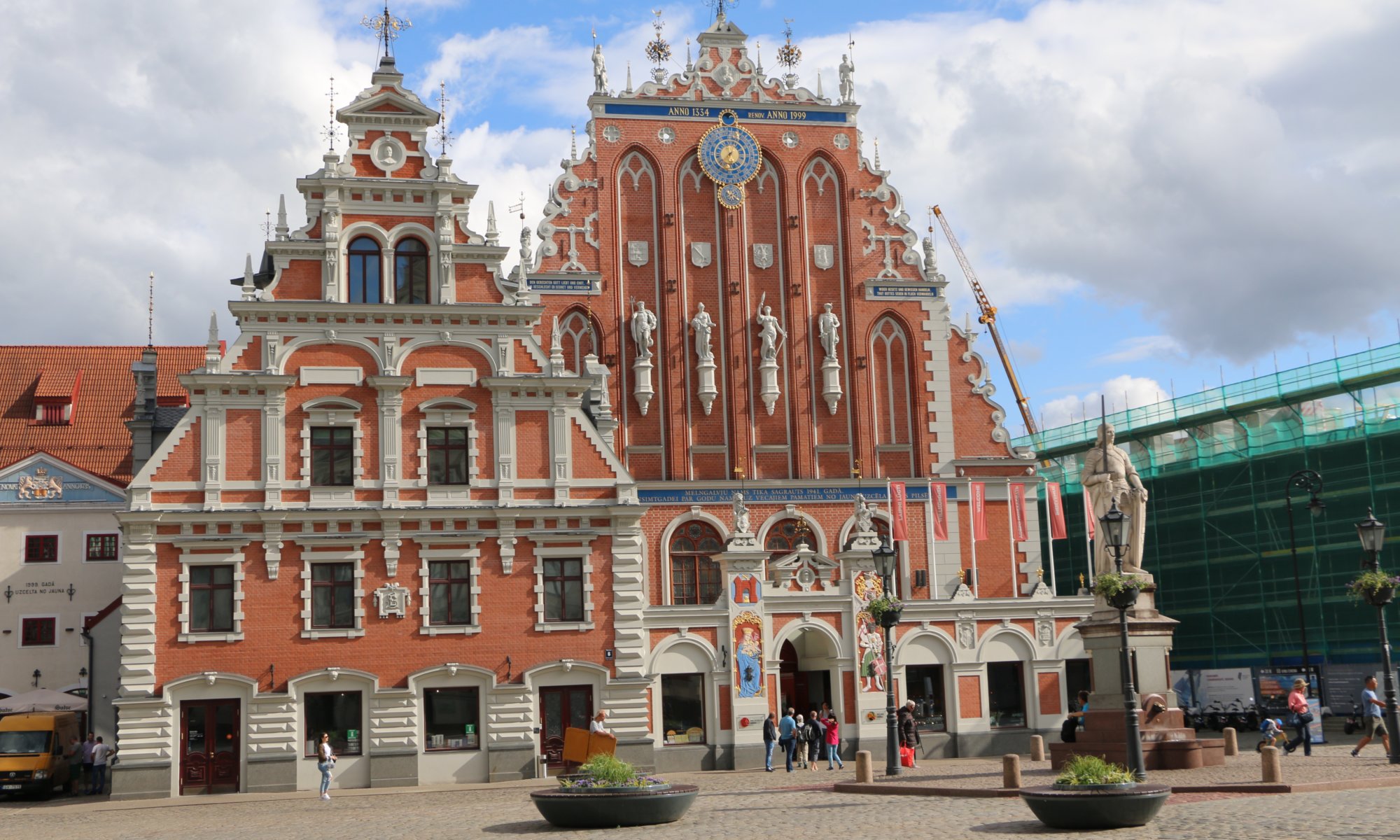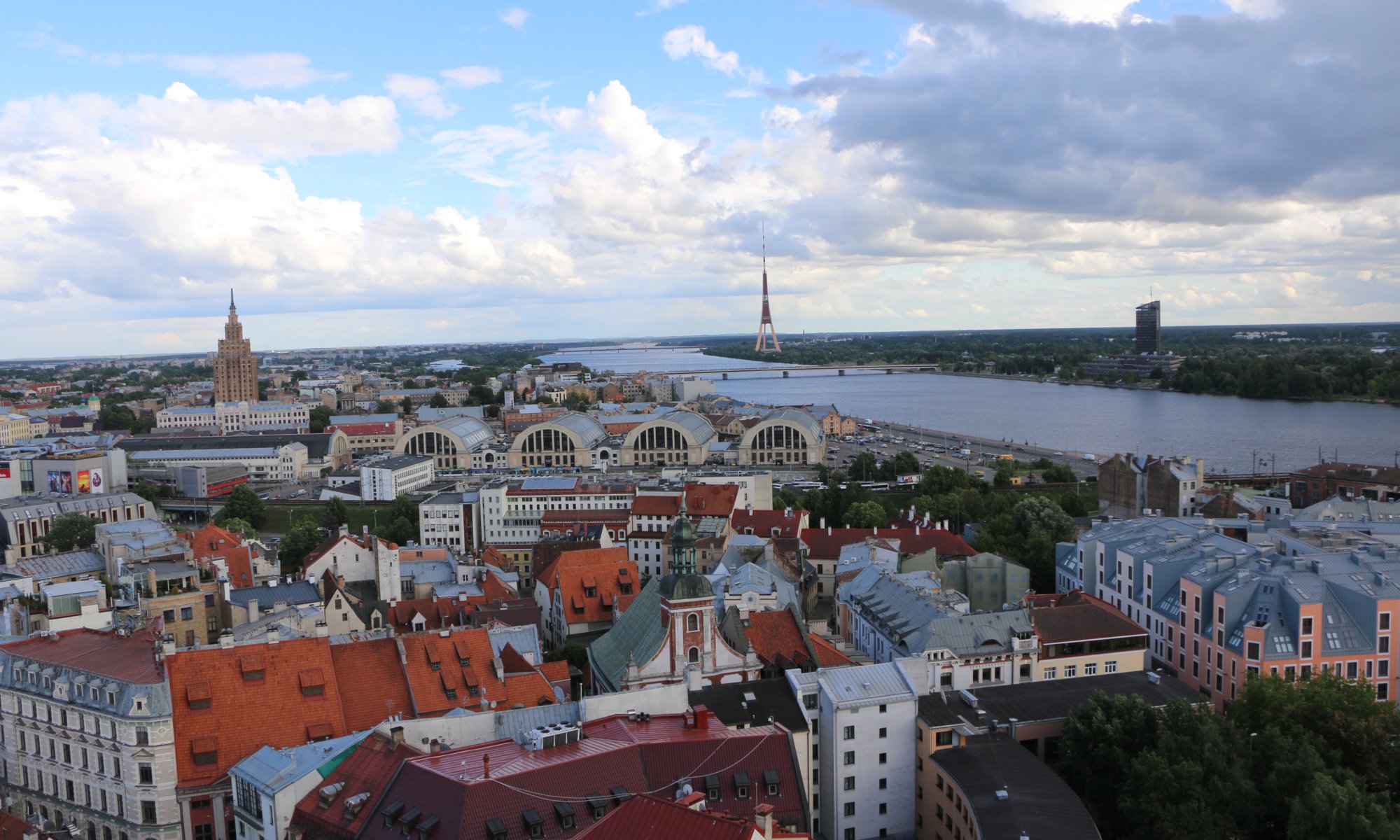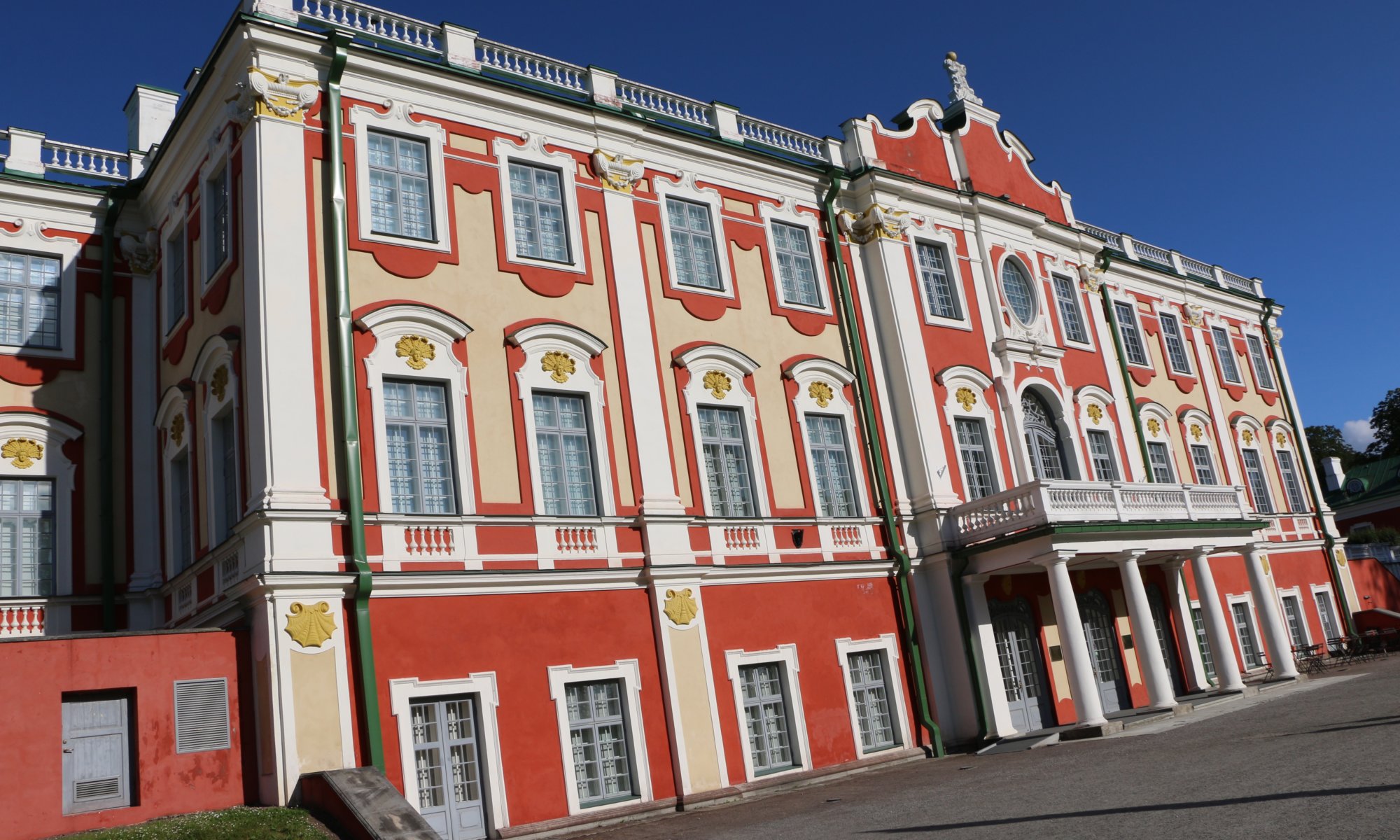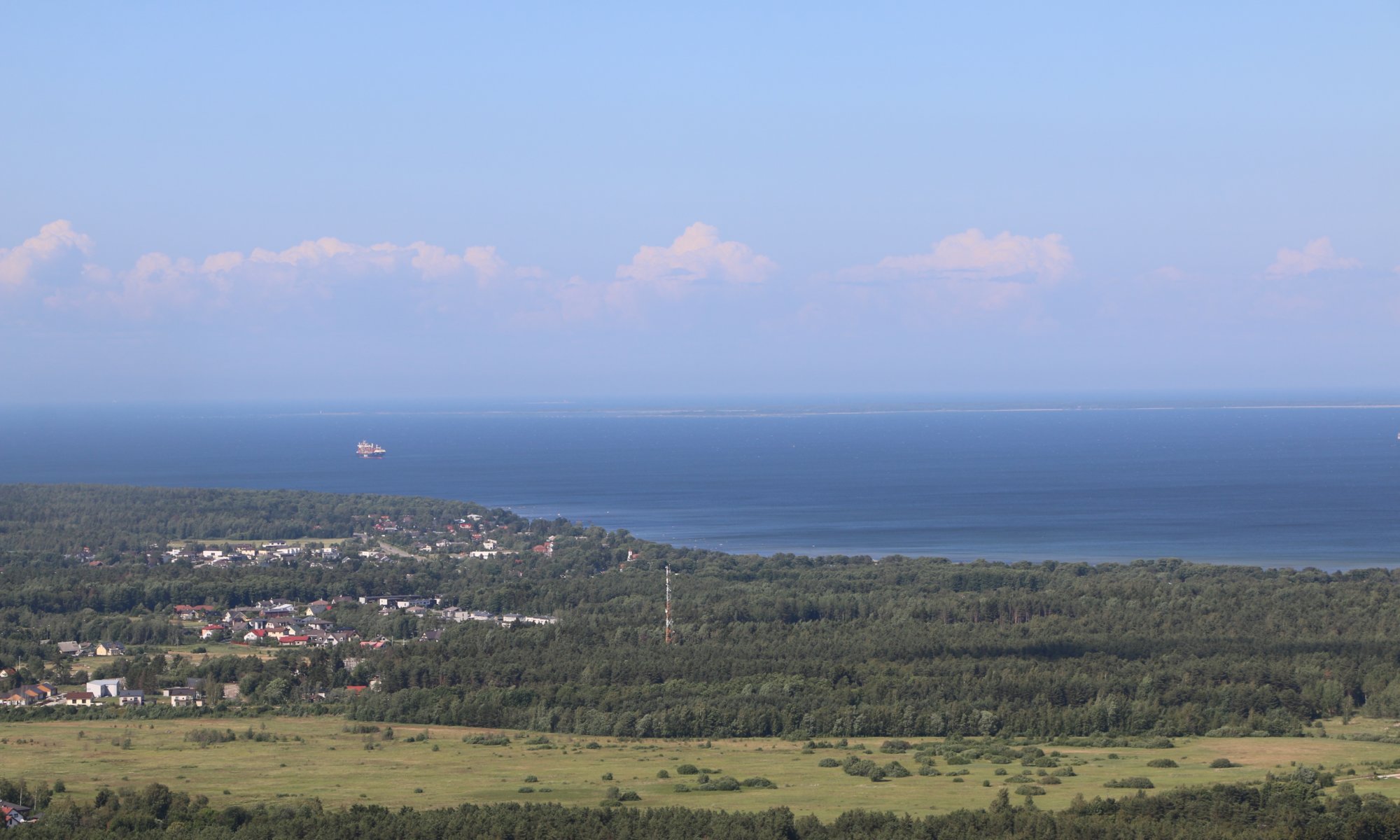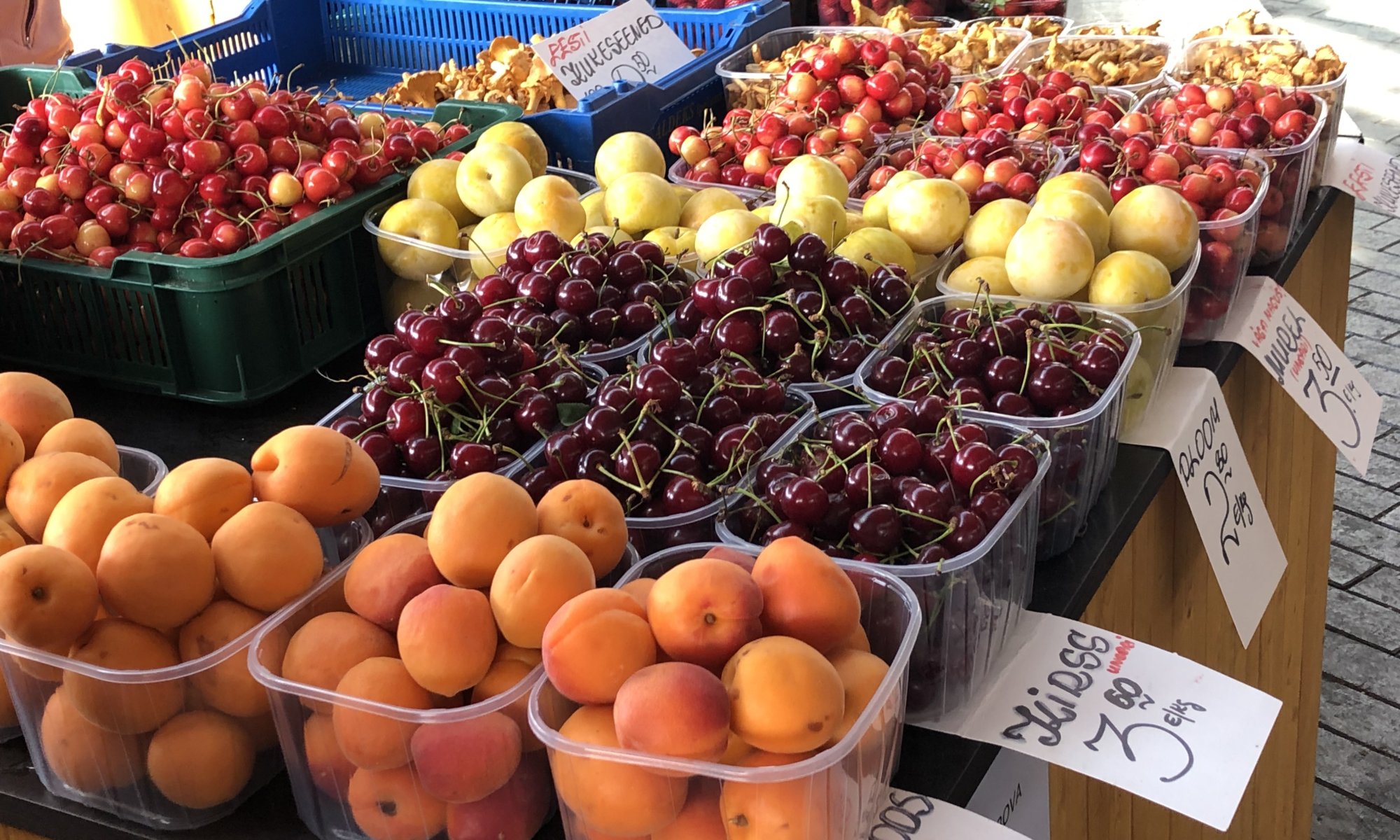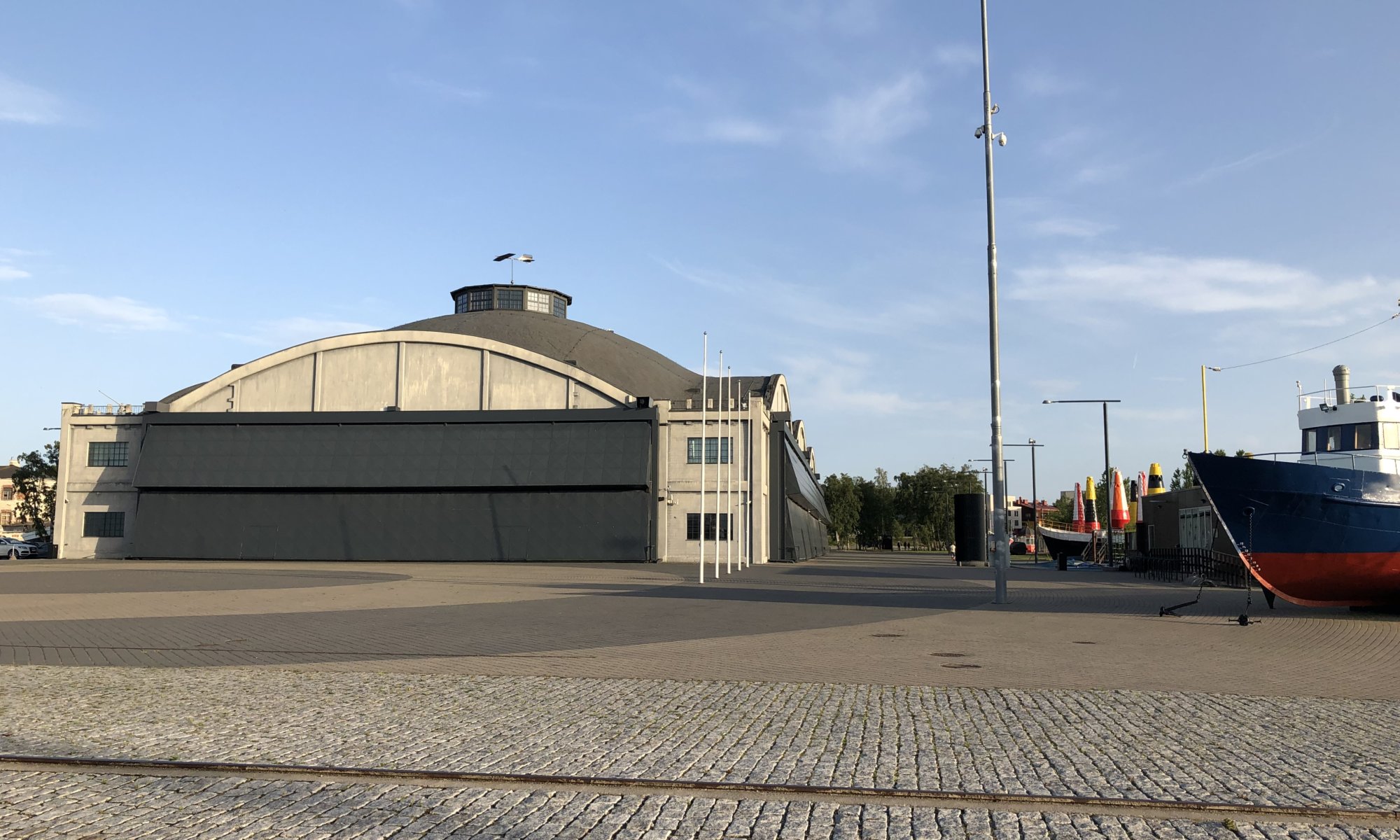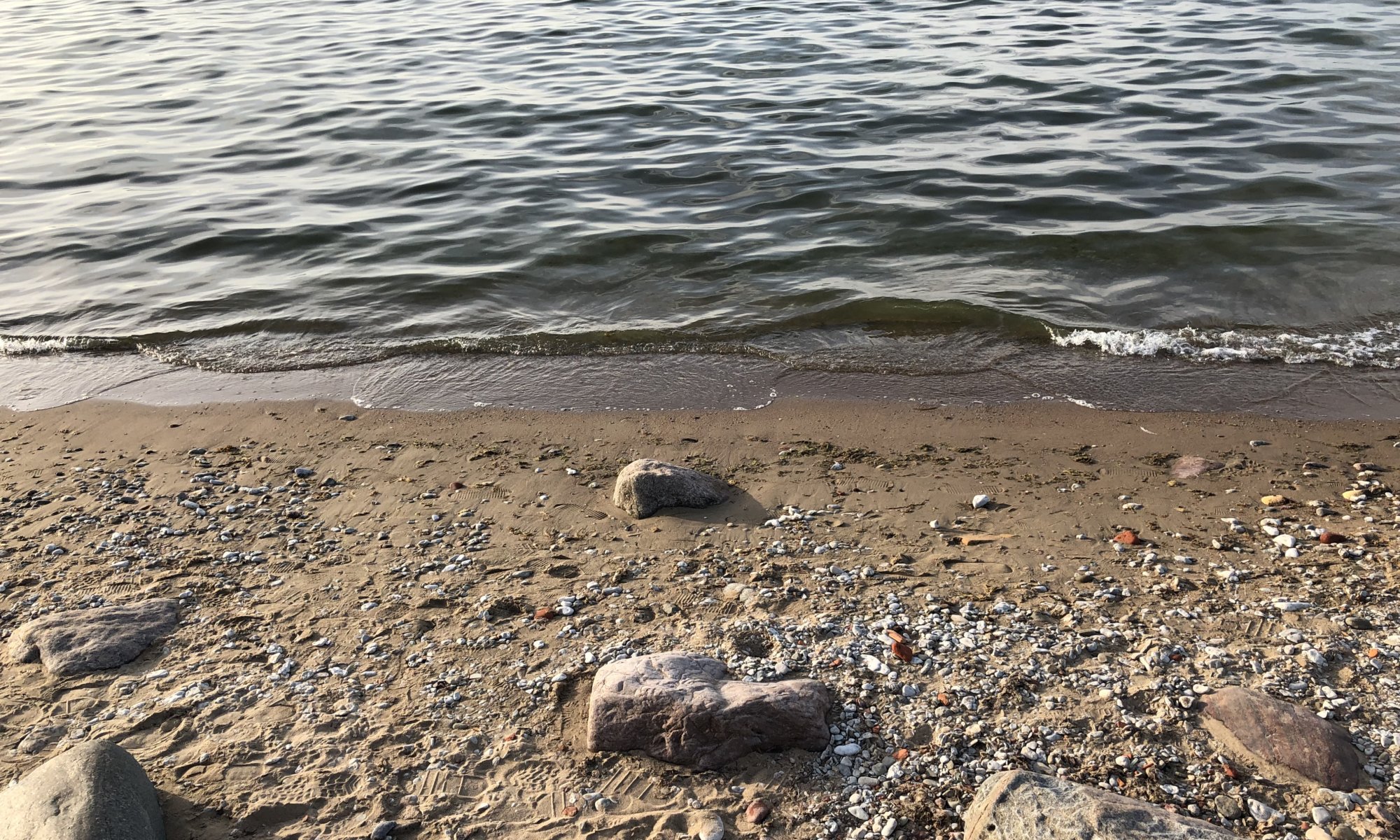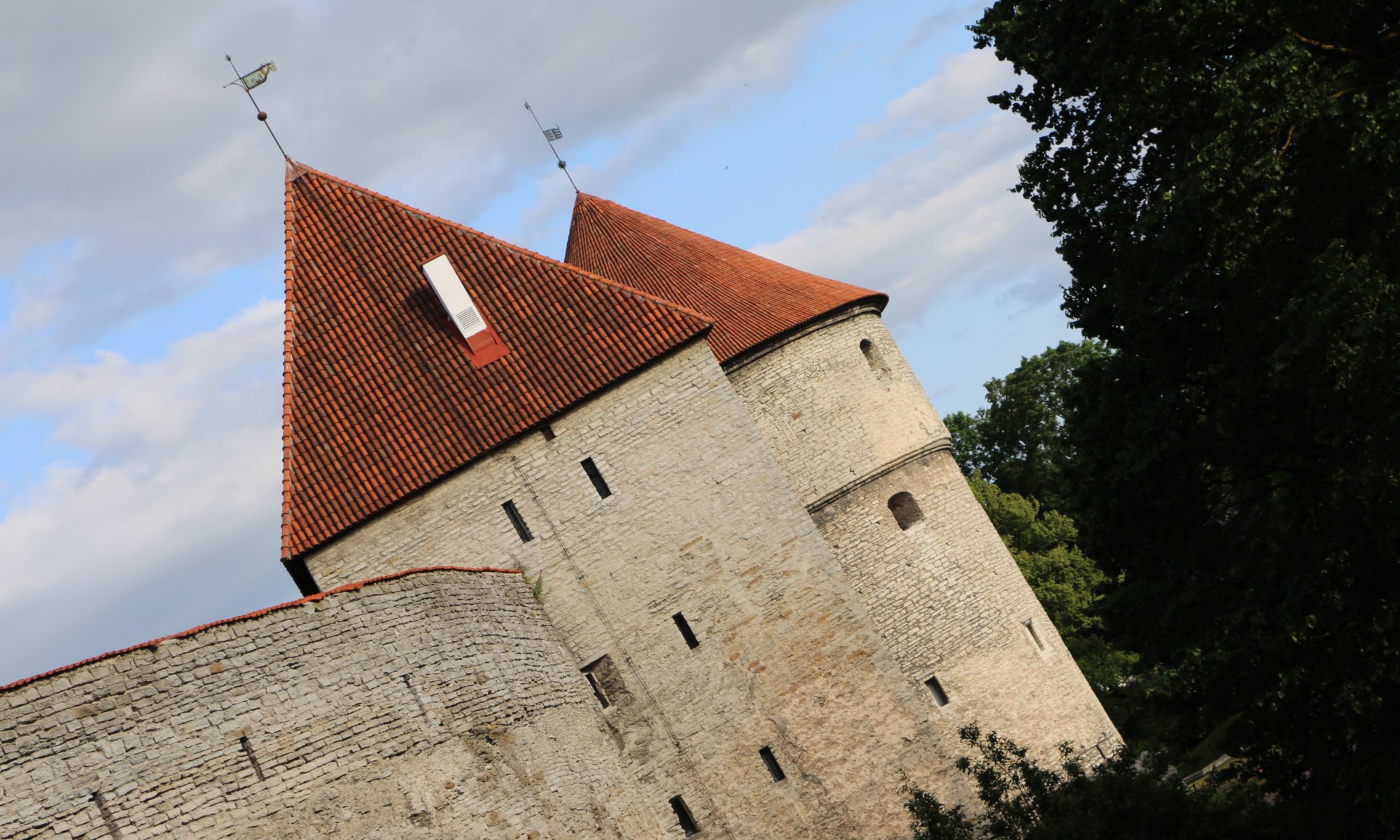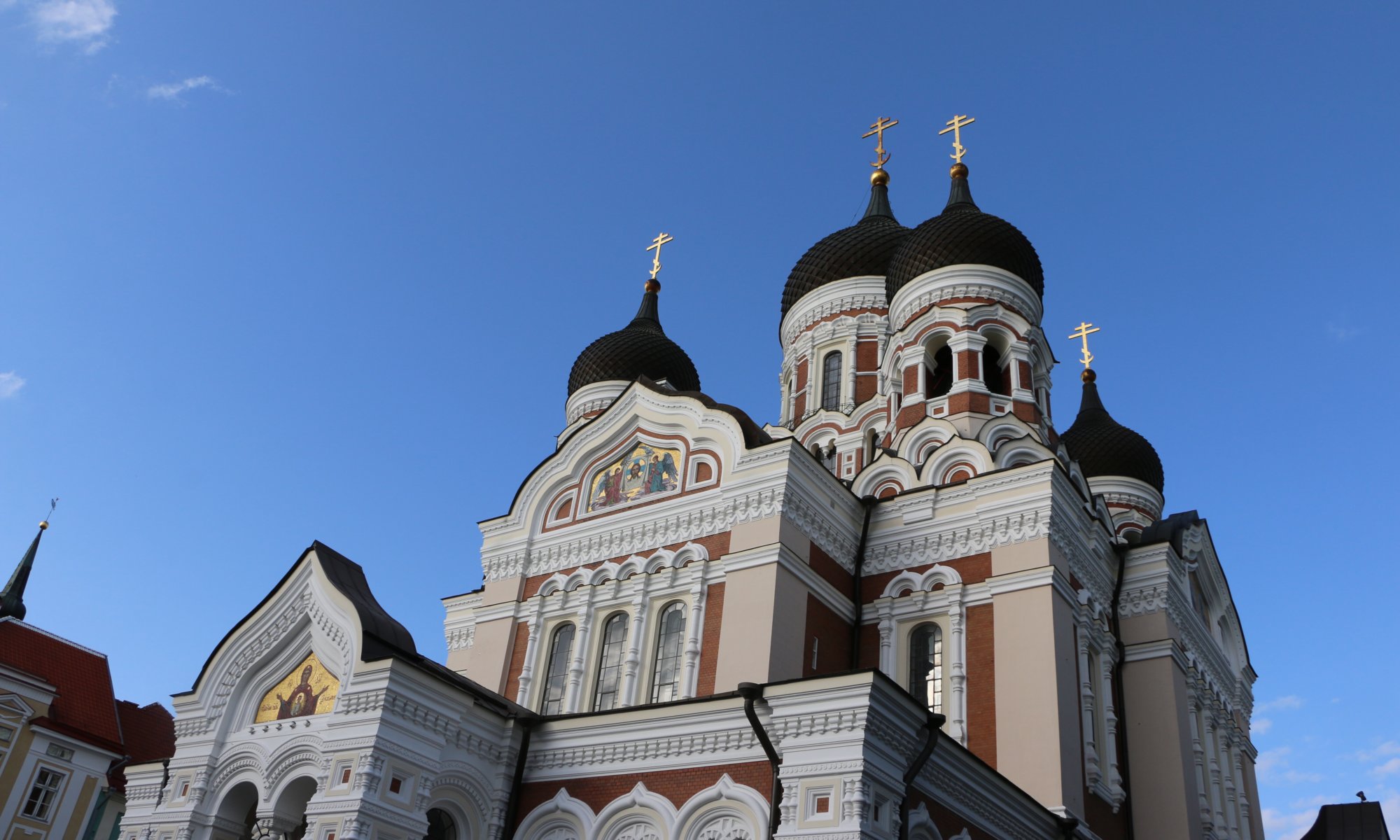When a German hears of a statue of St. Roland he will most probably think of the one standing at Bremen, Germany. But you can also find one at Rīga, Latvia between the town hall and the Melngalvju nams. The first version from the 14th century was a wooden one which was replaced in 1894 by a version made of sandstone. The current one is a replica – the original one from 1894 can be found within the St. Peter’s church.
Continue reading “St. Roland”Brotherhood of Blackheads
The most beautiful building of Rīga, Latvia can be found directly opposite to the town hall in the city center – the house of the brotherhood of blackheads or Melngalvju nams. It is a gothic style building first mentioned in 1334 and used by the merchants of the city. The facade has many nice decorations and sculptures and you can stand there for a long time and still discover something new. What is not obvious: the whole building was missing for more than 50 years.
Continue reading “Brotherhood of Blackheads”Svētā Pētera baznīca
The tower of the St. Peter’s church (Svētā Pētera baznīca) is the highest church tower in Rīga, Latvia. It is around 120 meters high and you can go the second gallery by elevator to enjoy good views on the city. The church itself was first mentioned in the year 1209 CE and is built in brick gothic style. It was continuously enhanced as it should always be more beautiful than the cathedral of Rīga just some streets away.
Continue reading “Svētā Pētera baznīca”Kadriorg
In the northeast of Tallinn, Estonia you can find the city quarter Kadriorg or Catherine’s valley. When in the year 1710 CE tsar Peter the Great conquered Estonia which was by that time under Swedish reign he named this area after his second wife Catherine I of Russia and created his summer residence there. Still today you can find Kadrioru loss, the Catherine palace here – a nice baroque style palace with a beautiful palace garden and a vast park surrounding it.
Continue reading “Kadriorg”Teletorn
The TV tower of Tallinn, Estonia is 314 meters high and was opened in 1980 – for the olympic summer games in Moscow, Russia. It is the second highest free-standing building in northern Europe after the TV tower of Rīga, Latvia. On the 21st floor there is a restaurant and an open terrace from which you can also see the Baltic sea. It is located at a height of 170 meters and only 100 persons are allowed to enter the tower at the same time.
Continue reading “Teletorn”Turg
In the Baltic states food markets (‘turge‘) still play an important role. In Germany most people buy fruits, vegetables, meat, cheese and fish at supermarkets and going to a farmer’s market is rather a fun activity for weekends. Here it seems to be still part of everyday live. Throughout Tallinn, Estonia you can find different markets – one of the newest and most modern is the one directly next to the Balti Jaam railway station.
Continue reading “Turg”Ships & more
Estonia is a sea-faring nation and of course there is a museum dedicated to that topic at Tallinn, Estonia. The Eesti Meremuuseum has it’s main location in the ‘fat margret‘ tower at Pikk 70 which is currently closed for renovation – therefore I could only visit the secondary location at the old waterplane harbour in Lennusadam. It can be reached on foot or by using a small train on wheels.
Continue reading “Ships & more”Baltic sea
After visiting the Baltic states I’ve got the feeling that Tallinn, Estonia (formerly also called ‘Reval‘) is the one best known to Germans. That is probably because it has a harbour close to the city center where cruise ships can stop and unload masses of tourists. But that didn’t disturb me much during my visit and of course one should use the situation to give the Baltic sea a visit.
Continue reading “Baltic sea”City walls
Tallinn, Estonia is beautifully located on and around the Toompea (cathedral hill). A unique feature of the city are the remaining historical city walls and fortification towers. In medieval times 40 of these towers with red roofs existed and still today they shape the skyline of the city. A tour to the city walls typically starts at the castle with the town’s landmark – the Pikk Hermann (‘tall Hermann’) tower.
Continue reading “City walls”Aleksander Nevski katedraal
When you’re on the Toompea (cathedral hill) of Tallinn, Estonia it’s not the castle standing there or the Pikk Hermann tower that is catching your views – it is the beautiful Aleksander Nevski katedraal with its six black onion domes. It is a Russian-orthodox church that was built between 1894 and 1900 CE. The location was well-chosen and during the first independence of Estonia it was planned to remove the church as it was and is a strong symbol of Russian influence.
Continue reading “Aleksander Nevski katedraal”